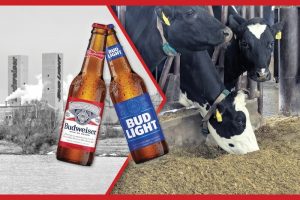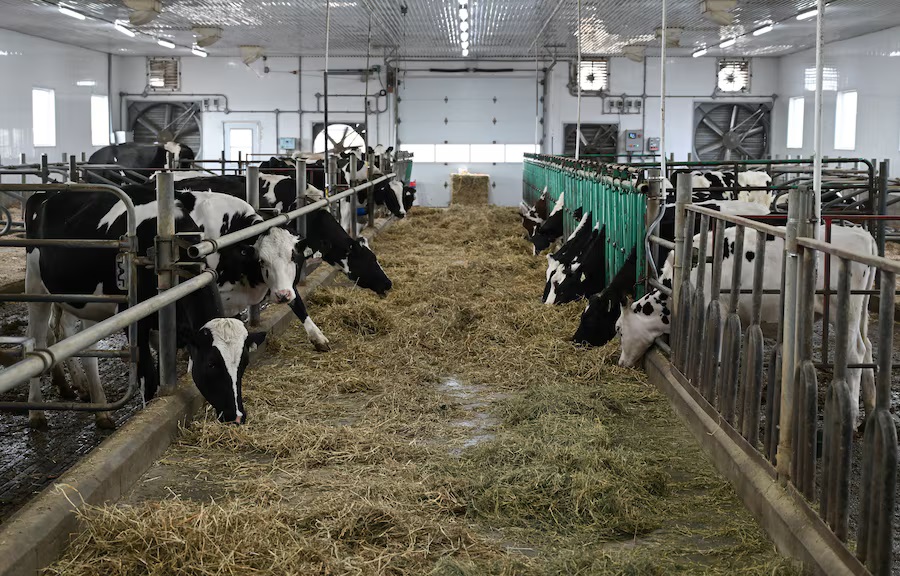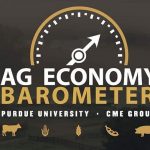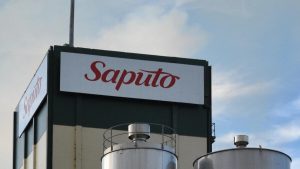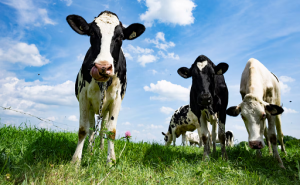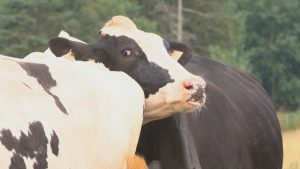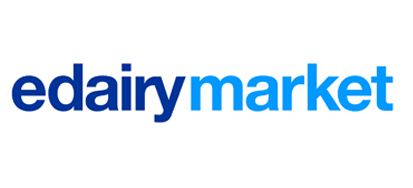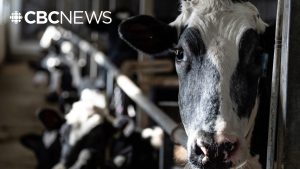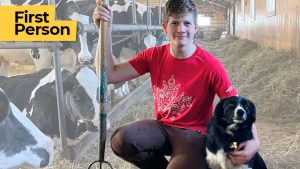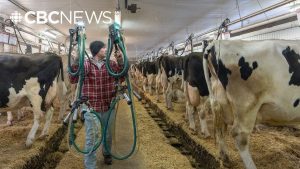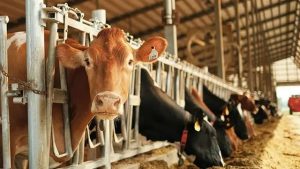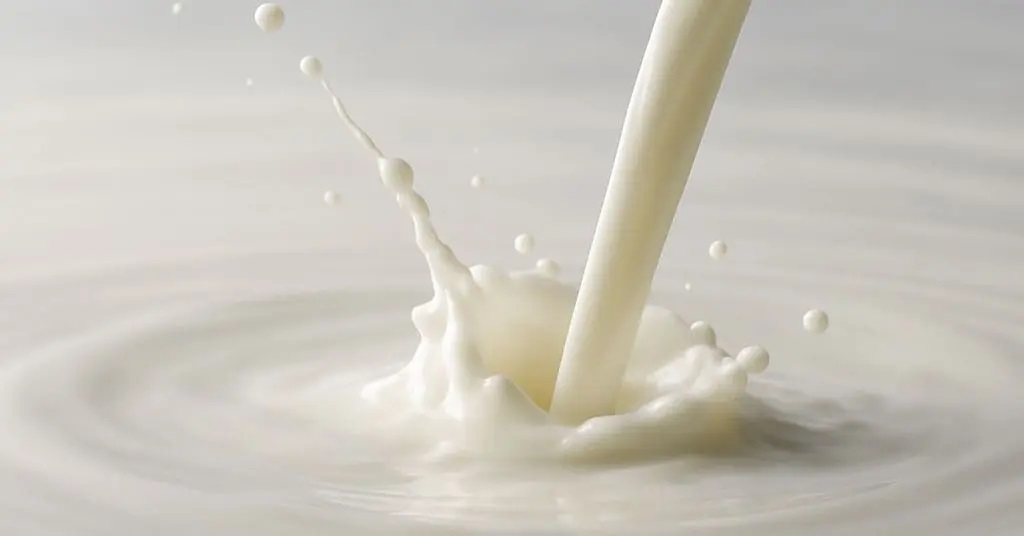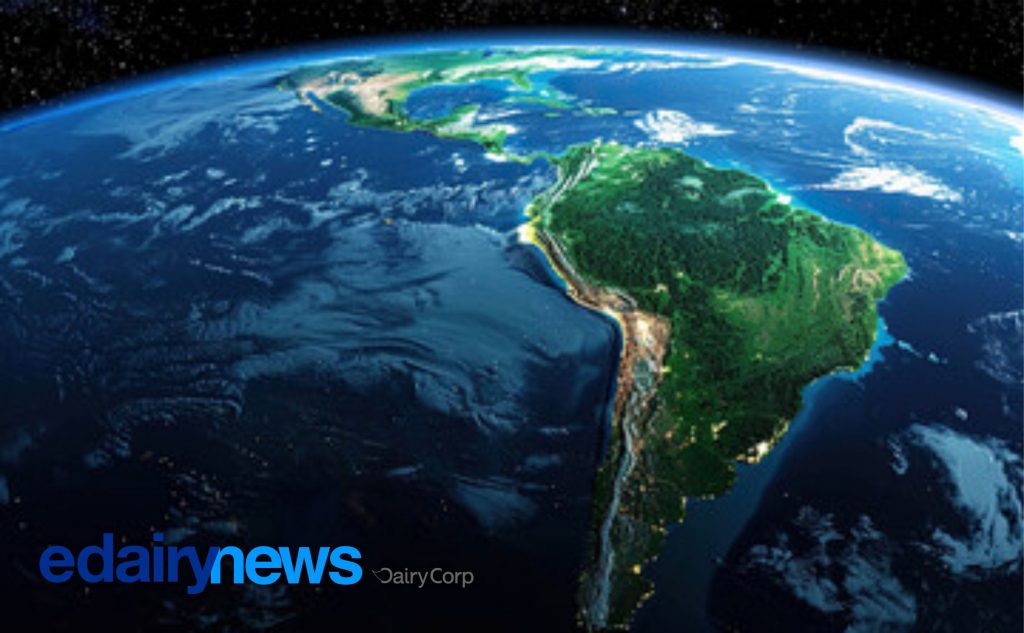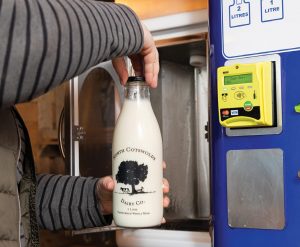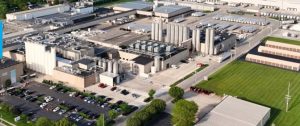Donald Trump called his long-promised announcement to impose sweeping tariffs on trading partners he said were taking advantage of America, “Liberation Day.” But for Josef Heinzle, a dairy farmer in this easternmost corner of Ontario near Quebec, Wednesday had a more immediate meaning that had nothing to do with the U.S. President: Extra production time for his organic yogurt and kefir.
Turns out his Pinehedge Farms, which he took over from his late father Anton, an Austrian immigrant, has sold so much of the stuff to local retailers this week that he’s having to fire up the processing line again. His wife Laila sets up the jars – “It’s the hardest job here,” he says. And a handful of other workers do the rest.
Mr. Heinzle is wearing ankle-high boots and a bright green snowmobile jacket and he’s been up since 4:45 a.m. He’s got lots of work and there hasn’t been much time for him to ponder Mr. Trump’s threat to punish Canada for its supply management system – the agricultural policy that uses production quotas, pricing mechanisms and import restrictions on dairy and other products to stabilize prices and supply.
But he and other farmers say the system works for them and should stay.
“That’s what makes our system so great is the stability,” Mr. Heinzle said, adding that “banks like to lend us money” because it provides a predictable revenue stream for farmers and food safety and quality for consumers. Without it, the economics of the dairy business might start to crumble and some farms would surely fail, he said.
“For myself, I’m not worried,” he said, explaining that he believes his own business would survive any major unravelling of supply management because he makes niche products that are in demand. “But for the industry, it’s worrisome.”
Mr. Trump took aim at Canada’s dairy policy again Wednesday during his tariff rollout event, saying Canada’s rules on importing U.S. dairy products are “not fair to our farmers, not fair to our country.” But he didn’t counterpunch with a dairy-related tariff on Canada and gave no hint about how determined he is to press for change, keeping the country’s 9,000 dairy farms guessing about his future intentions.
Down the road, Laurier Lafrance looks out over the 360 or so cows at his family’s farm, each of them electronically tagged and roaming in the free-stall barn. Ferme Lafrance et Fils has been here making milk for more than a century, which makes him a sixth-generation farmer. You get the sense he’s soaked up a lot of wisdom from his predecessors.
“The supply management system is our foundation but it can be replaced with something else,” Mr. Lafrance said, adding that the United States made similar demands for greater access to Canada’s dairy market when prime minister Brian Mulroney negotiated the North American free-trade agreement.
“History repeats itself. We won back then. Are we going to win now? I don’t know,” Mr. Lafrance said. “But farming is our life. We’re not going to stop. Farming is in my blood, I was born here. Life goes on.”
Among the biggest dairy processors in the Saint-Eugène area is Skotidakis. Founded in 1975 to supply Greek feta and yogurt to local markets and restaurants in Montreal, it now has a 100,000-square-foot plant and more than 3,000 goats over the 1,500-acre farm, according to the company’s website. It sells into Canada and the United States.
Owner and chief executive John Skotidakis says he believes Canada’s supply management system will survive the trade negotiations, and not necessarily because the leaders of our federal political parties have
vowed to keep it off the bargaining table. Rather, he said the United States will tolerate it to keep Canadian producers out of the U.S. market in great numbers.
“If they didn’t really want it, we wouldn’t have it,” Mr. Skotidakis said in an interview. At the moment, Canadian producers are not competitive against U.S. rivals because prices north of the border are higher but that could change over time if the system is dismantled, he said.
Supply management is an obvious and “easy target” for U.S. negotiators in trade talks, Mr. Skotidakis said, hinting that it might be a way to get traction on other demands. But he said he’d hate to see it go if it came to that.
“If it went, it would have to be through a rollout period,” he said. “Everybody needs time to adjust.”
Australia and New Zealand both had supply management policies analogous to what we have in Canada and eliminated the systems approximately 25 years ago, John Manley, minister of finance in the Chrétien government,
wrote in an opinion piece last summer. Consumer prices came down immediately and dairy and poultry farmers received generous compensation over a transitional period of a number of years, he said.
